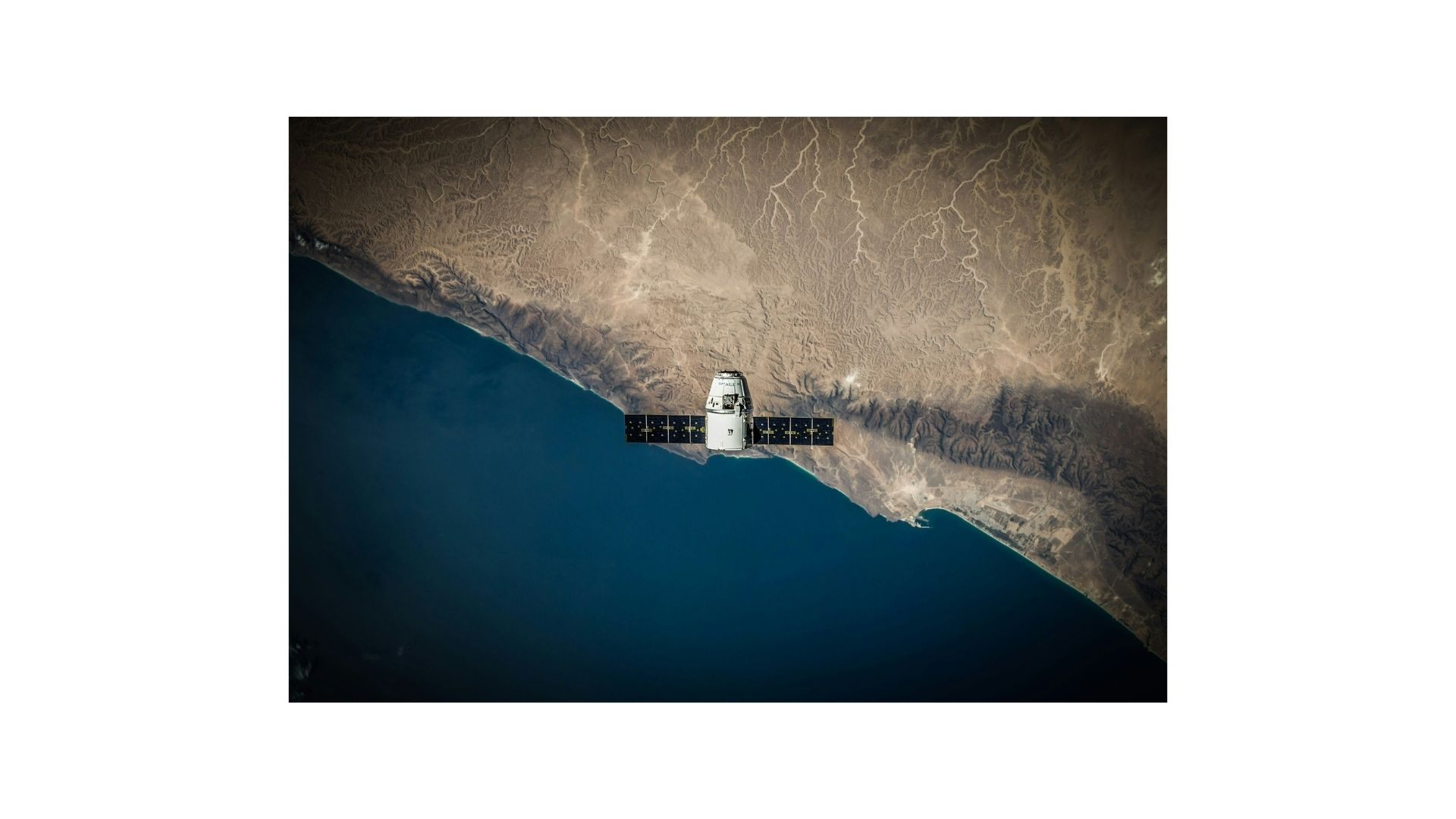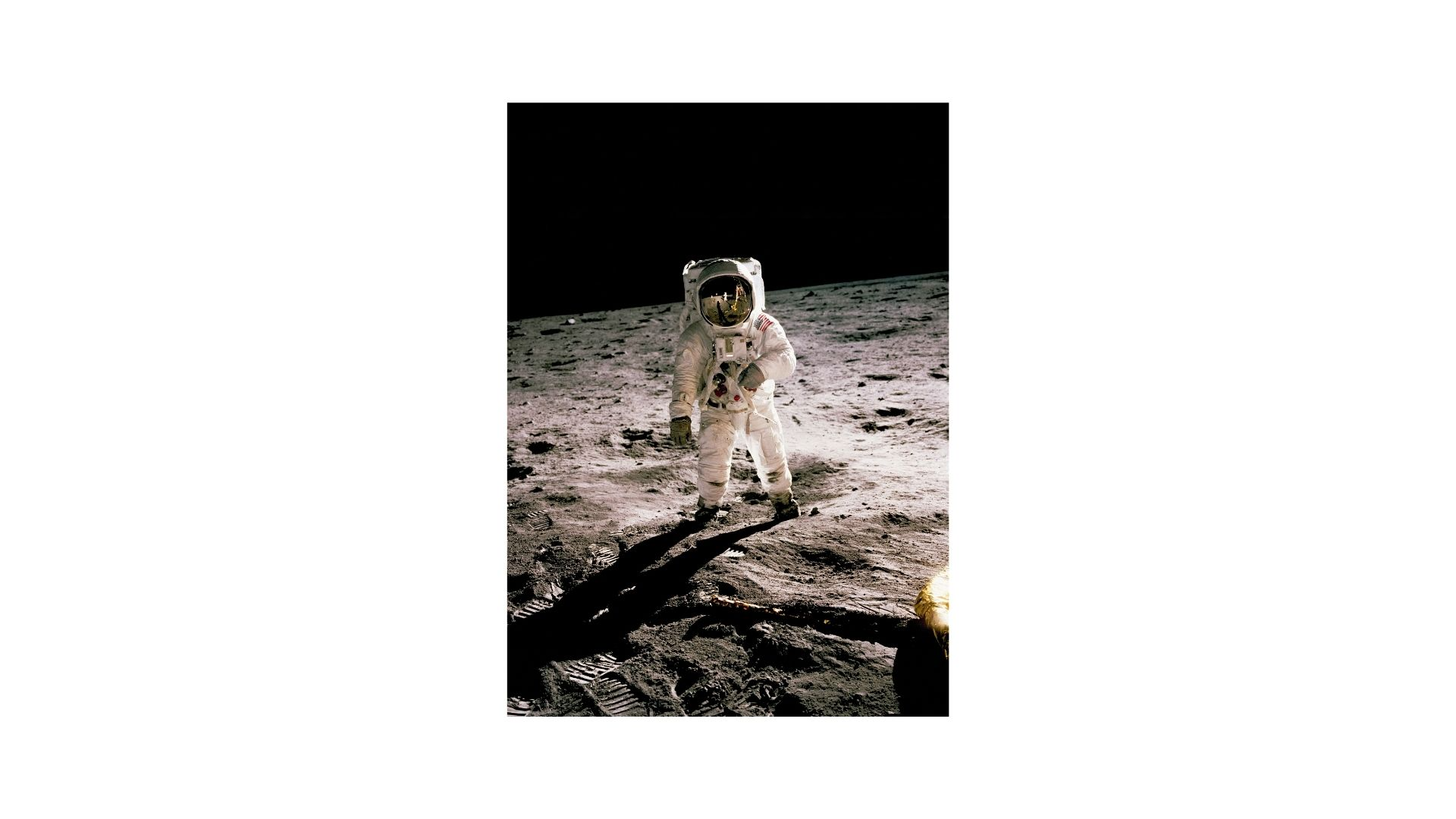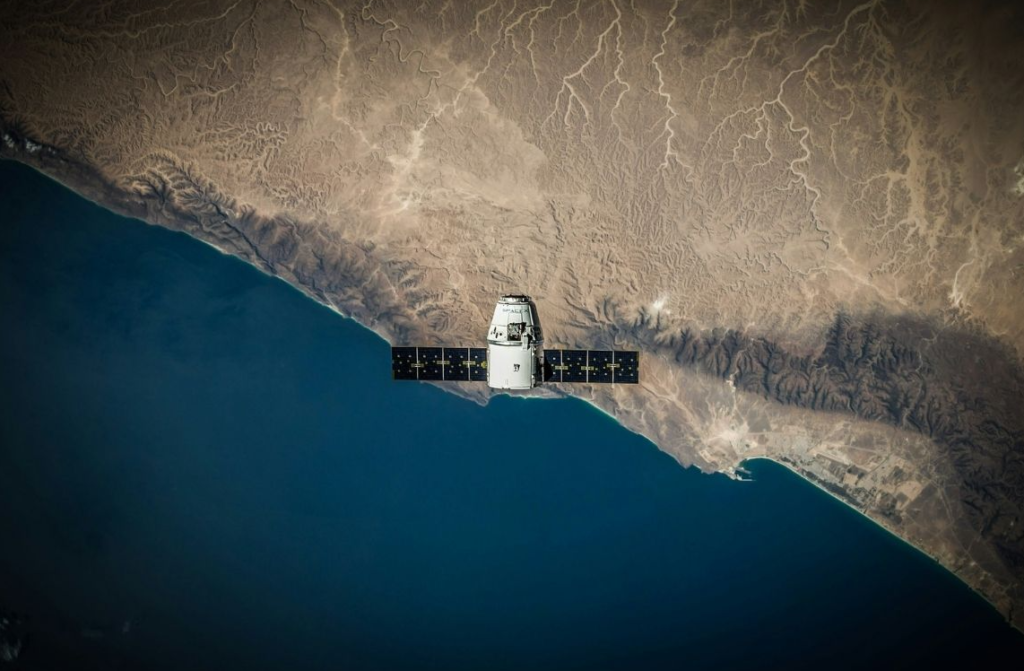Space exploration has always fascinated humanity, sparking curiosity and inspiring countless dreams of venturing into the unknown. From the first steps on the Moon to the latest missions to Mars, the journey of space exploration is filled with incredible achievements and mind-blowing facts. In this blog, we’ll delve into some of the most unbelievable facts about space exploration, highlighting the wonders of our universe and the remarkable efforts to uncover its secrets.
Internal link: https://visa.javanet247.com/
The Silent Symphony of Space

One of the most intriguing aspects of space is its silence. Unlike Earth, where sound travels through air, space is a vacuum, meaning there is no medium for sound waves to travel through. This eerie silence means that even the loudest explosion would be inaudible in space. However, astronauts communicate using radio waves, which can travel through the vacuum of space1.
The Cost of a Space Suit
Space suits are essential for astronauts, providing life support and protection from the harsh environment of space. But did you know that a full NASA space suit costs around $12 million? The majority of this cost is attributed to the backpack and control module, which are crucial for maintaining life support systems1. Despite the high cost, these suits are indispensable for space missions.
The Hottest Planet Isn’t the Closest to the Sun
While it might seem logical to assume that Mercury, the closest planet to the Sun, would be the hottest, this title actually belongs to Venus. Venus has an average surface temperature of about 450°C (842°F), thanks to its thick atmosphere that traps heat. In contrast, Mercury lacks a significant atmosphere, leading to extreme temperature fluctuations1.
The Mystery of Mars
Mars, often called the Red Planet, has long been a subject of fascination and speculation. One of the most exciting discoveries is the possibility of life on Mars. In 1986, NASA found what appeared to be fossilized microorganisms in a Martian rock, sparking debates and further investigations into the planet’s potential to harbor life1. With ongoing missions like the Perseverance rover, we continue to explore this intriguing possibility.
The Uncountable Stars
The sheer number of stars in the universe is mind-boggling. Our galaxy, the Milky Way, alone contains between 200 to 400 billion stars. When you consider that there are billions of galaxies in the universe, the total number of stars becomes truly incomprehensible1. This vastness highlights the incredible scale of the universe and the endless possibilities for discovery.
Halley’s Comet: A Once-in-a-Lifetime Event
Halley’s Comet is one of the most famous comets, known for its periodic appearances near Earth. Discovered by Edmond Halley in 1705, the comet is visible from Earth approximately every 75 to 76 years. The last time it was seen was in 1986, and it won’t be visible again until 20611. This rare event is a reminder of the dynamic and ever-changing nature of our solar system.
The International Space Station: A Marvel of Engineering

The International Space Station (ISS) is a testament to human ingenuity and international cooperation. Orbiting Earth at an average altitude of about 400 kilometers (250 miles), the ISS serves as a microgravity laboratory where astronauts conduct scientific research across various fields. The station completes an orbit around Earth approximately every 90 minutes, allowing astronauts to witness 16 sunrises and sunsets each day1.
The Great Red Spot of Jupiter
Jupiter, the largest planet in our solar system, is home to a massive storm known as the Great Red Spot. This storm, which has been raging for at least 400 years, is so large that it could fit three Earths within it. The Great Red Spot is an anticyclonic storm, meaning it rotates in the opposite direction of hurricanes on Earth1. Its persistence and size make it one of the most fascinating features in our solar system.
The Coldest Place in the Solar System
Neptune’s moon Triton holds the record for the coldest known temperature in our solar system, with an average surface temperature of -235°C (-391°F). Triton’s frigid environment is due to its distance from the Sun and its thin atmosphere, which cannot retain heat1. This extreme cold presents unique challenges and opportunities for scientific study.
The Future of Space Exploration
The future of space exploration is incredibly promising, with numerous missions planned to explore our solar system and beyond. NASA’s Artemis program aims to return humans to the Moon by 2024, with the goal of establishing a sustainable presence and preparing for future missions to Mars1. Additionally, private companies like SpaceX are working on ambitious projects to make space travel more accessible and affordable.
External link: https://insurance.molhype.com/uncover-the-secrets.html
Conclusion
Space exploration continues to push the boundaries of human knowledge and capability. From the silent vacuum of space to the potential for life on Mars, the universe is full of wonders waiting to be discovered. As we look to the future, the possibilities for exploration and discovery are limitless. By understanding and appreciating these unbelievable facts about space exploration, we can inspire the next generation of scientists, engineers, and explorers to reach for the stars.

